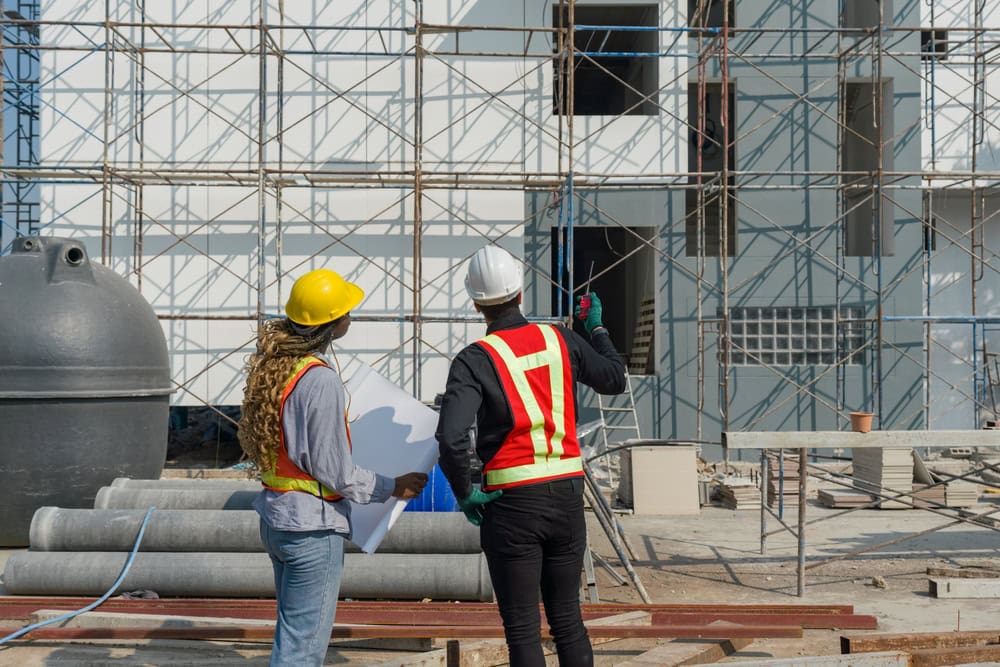How to Build a Strong Network as a Newly Licensed Contractor in California
Starting your journey as a newly licensed contractor in California is an exciting milestone. However, success in this competitive industry is not solely dependent on your technical skills or business acumen—it’s also about who you know. Building a strong network can open doors to new opportunities, provide valuable industry insights, and help you establish a … Read more










